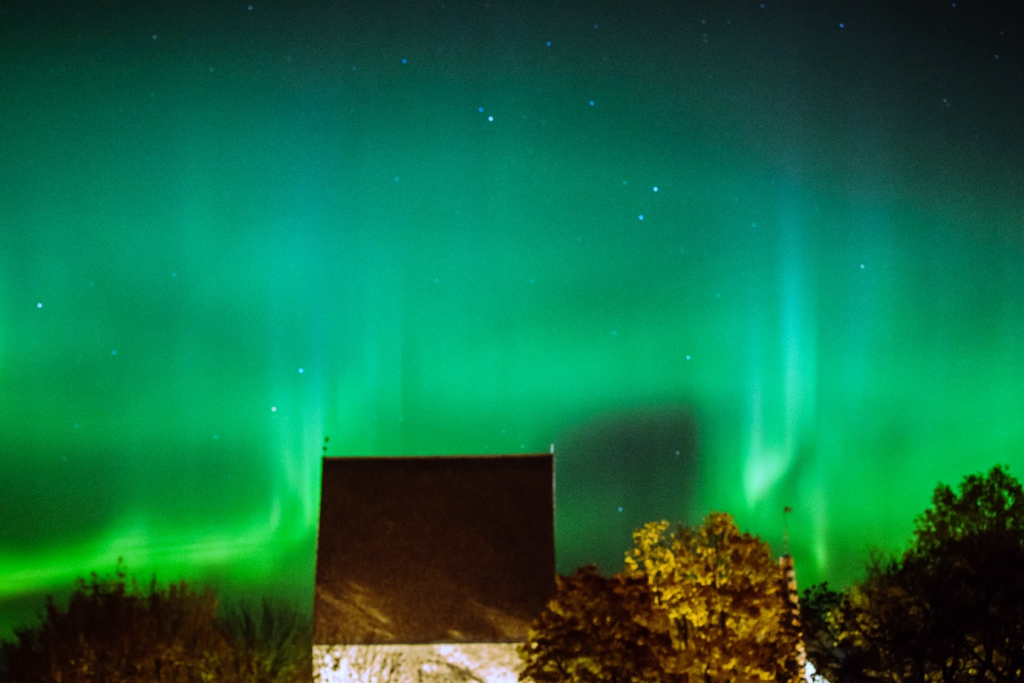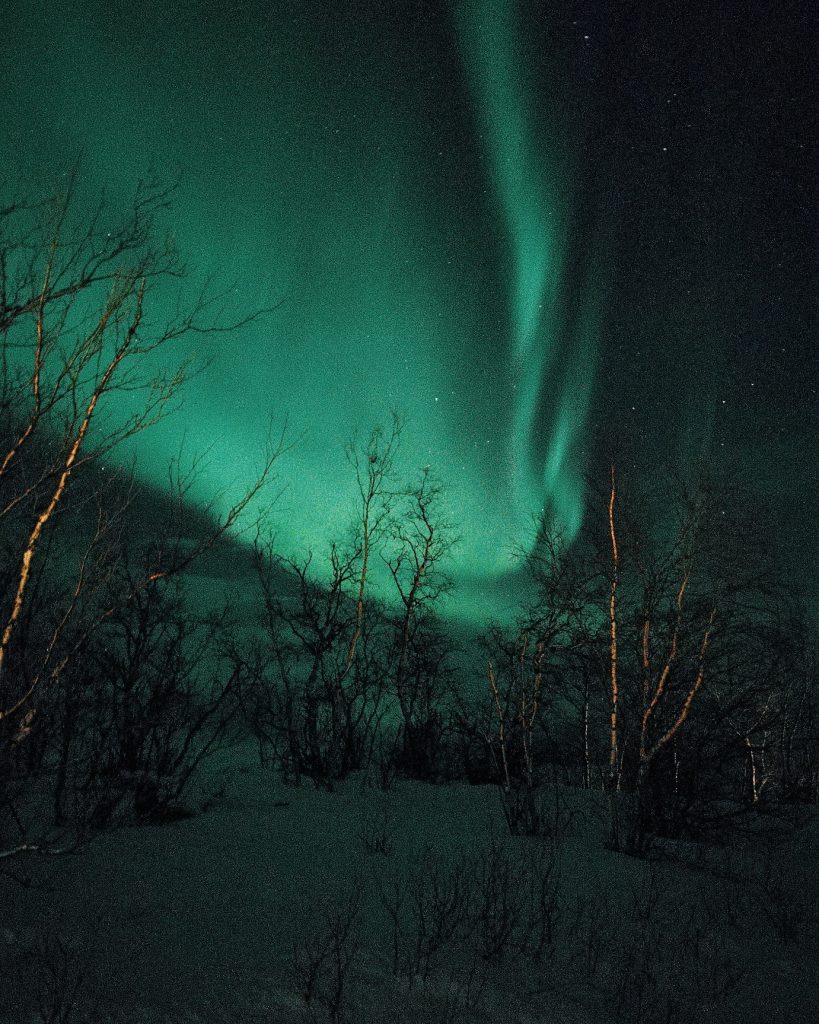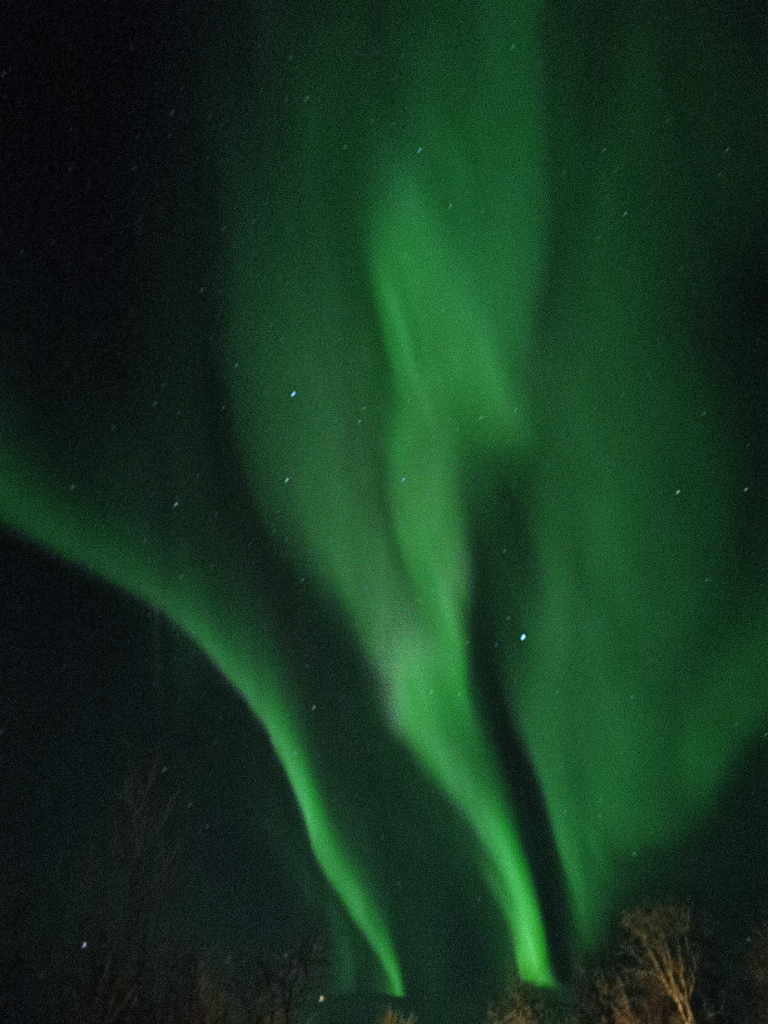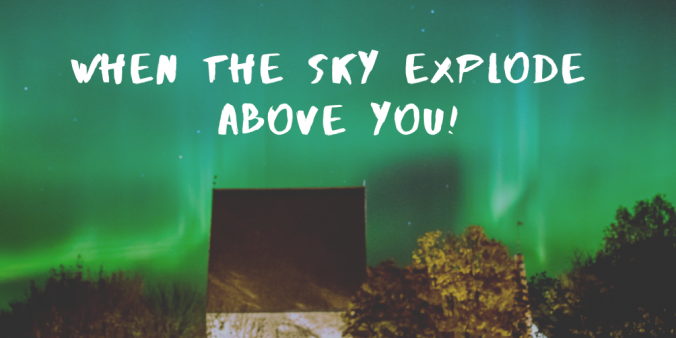Hello Everyone,
I am Manish and this is my first blog as #taggedforuppsala blogger. I have been a blogger for a year now, I usually post on Instagram, but I stayed away from the blog page (I don’t know why!). And if you are following us on Instagram you might find me posting more about activities in and around Uppsala. The most common question that students ask me apart from their academic questions is that when can they see the Northern Lights. Chasing Aurora Borealis is on a lot of students bucket list and even though it’s visible from September to April, it remains elusive. One misconception about chasing the Auroras in Sweden is that you can see it all over the country. Unfortunately, this is not true! Except if there is an extraordinary amount of solar activity and a really clear sky.

I would say if the space weather conditions are favorable you can see Northern lights from Uppsala. However, Uppsala is too far south to reliably see the Auroras. You might want to head towards the North, to the Arctic Circle to have the best experience of seeing the northern lights either Kiruna or Abisko National Park (best chance of seeing the Auroras). Abisko has relatively clear skies during the polar night compared to elsewhere in Sweden, as Abisko has a special microclimate.

So how do you hunt these lights ?? it’s a 50% scientific prediction and 50% pure luck, but when things go your way the sense of achievement is huge. Seeing northern lights requires a complicated combination of events to occur but I won’t get into the science of how an aurora happens (you can google it!). But I’m sure you would like to know how to increase your chances of catching a glimpse of the infamous Aurora borealis.
Aurora chasers avidly track the Kp-Index and religiously monitor the meteorological data (you don’t want clouds to ruin your chances) using various apps and websites.
- Kp-Index relates to the intensity of interaction between the solar wind and the Earth’s magnetic field in a horizontal plane. It is ranked on a scale of zero to nine, the higher the value the more the aurora can be seen at southerly latitudes. You can use apps like the “Aurora Forecast” or “My Aurora Forecast & Alerts” app. It is available in both App Store in iOS and Play Store in Android.
- Space Weather monitoring: I cannot emphasize enough how important it is to monitor the space weather. Getting to the geekier part of the aurora hunt, is to check for solar storms. Here you can check for any solar activity and coronal ejection from the sun, if there is any you can easily predict how the aurora will be over the next 3 days.
- Aurora Ovation Oval: Aurora manifests itself in a huge ring above the Earth’s Geomagnetic North Pole which is referred to as the Auroral Oval. You might expect this oval to be visible from the same altitude around the globe but because it is centered on true north rather than the geographical North Pole, this is not the case. In this page you can check the aurora formation, helps you to find the region where the Aurora may be visible.
- There are some groups on Facebook if you’re in Uppsala where people post if there is high probability to see the lights and it is also a great way to meet the people who share the same enthusiasm. Here is the link to the page.
Taking pictures!!!
I’ll give you some very basic settings you can use to photograph Auroras, they’ll probably work in most situations. However, it also sometimes will depend on the auroras you see. So, you might need to adjust the settings depending on how bright auroras are and how fast they are moving.
- Have a sturdy tripod (very important: I have seen people trying to take pictures with handheld camera, it won’t turn out good).
- a DSLR that has manual mode.
- Lens that focuses to infinity.
- Evaluative or matrix metering mode.
- Wide angle lens (16-35mm) with aperture at 2.8 or 4 – the lowest number as your lens can go.
- Exposure at 15 seconds for slower auroras and 10 seconds for faster ones. Adjust as needed.
- Set ISO at 1,600 to start with and experiment.
- If you are a beginner, you’re probably not shooting in RAW, so you want to get the colors as close to reality as possible straight from the camera, you can use Automatic white balance mode.
Once you get to see them, there is a compulsion to see more and more, they are addictive. It’s exciting, you get high from it. Part of the charm is the thrill of the chase because there is never a guarantee that you will see the northern lights, in these two years I have had the chance to see it only six times.

TIP: If you travel all the way to the North to see Northern Lights, be prepared to look for them. Go outside every night. Even if aurora activity is not very high, but the sky is clear, you might get lucky and see some beautiful auroras.



Thanks for sharing your nice experience